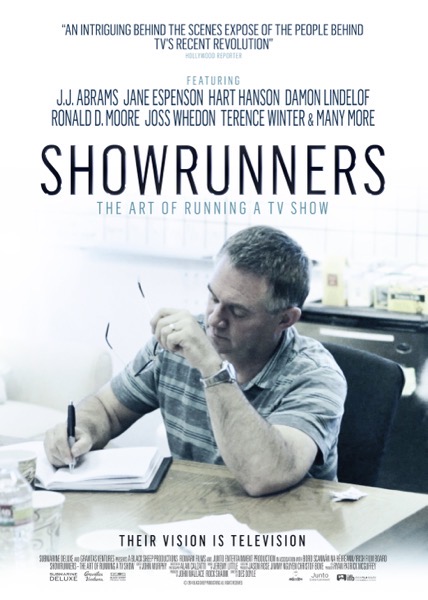Cobb’s Paradox
Cobb’s Paradox: We know why projects fail, we know how to prevent their failure – so why do they still fail? I was never a fan of The Standish Group’s CHAOS report. Ignoring some of the more specific complaints about the methodology, definitions, audience, etc., my biggest challenge is that...
